
Tiger Paw Now Available for Purchase
Tiger Paw Hand Sanitizer, created by Mizzou Engineering in response to help fight the spread of COVID-19, is now available to MU departments for purchase and on-campus delivery.
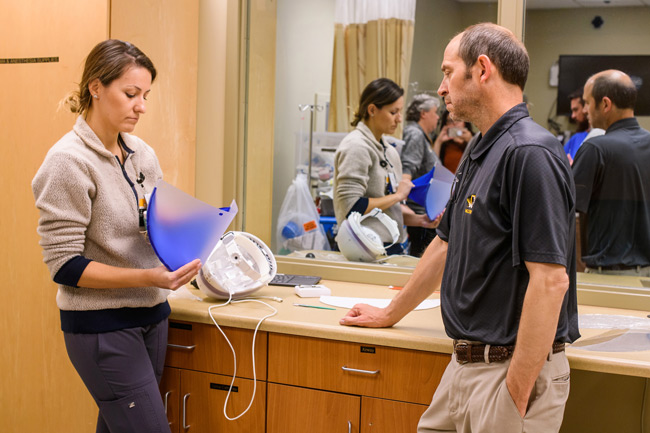
Locally Made Shields Protect MU Health Care Workers
In April, a volunteer group led by University of Missouri College of Engineering professor Kevin Gillis, DSc, met with MU Health Care leaders. The goal was to figure out the best ways to harness the talent of a cross-campus team of problem-solvers to make medical equipment to deal with the COVID-19 pandemic.
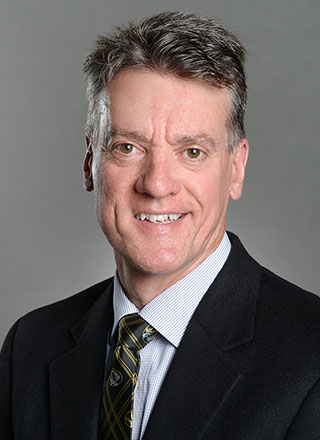
A ‘Corny’ Solution to Help Fight the Spread of the Novel Coronavirus
Inside the Mizzou Asphalt Pavement and Innovation Lab at the University of Missouri College of Engineering, Bill Buttlar normally leads a research team developing innovative ways to build better roads and stronger bridges. However, he’s recently converted his lab to also produce an ethanol-based hand sanitizer for use during the COVID-19 pandemic to help with the increase in demand for the product.
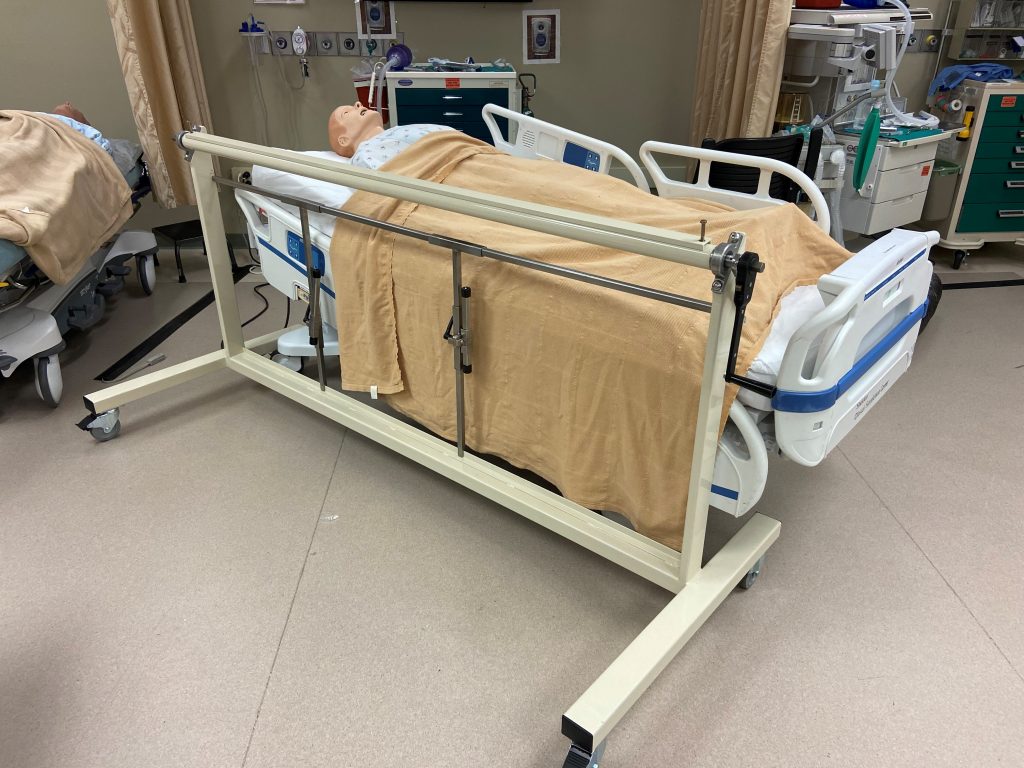
Local Makers Group Designs Proning Bed for COVID Patients
Health care workers know that turning ventilated patients onto their stomachs, a procedure known as proning, helps the patients by opening their lungs. As the COVID-19 outbreak began to spread in Missouri, MU Health Care officials reached out the Hacking COVID-19 Task Force to see if someone could design a device to facilitate the proning procedure.
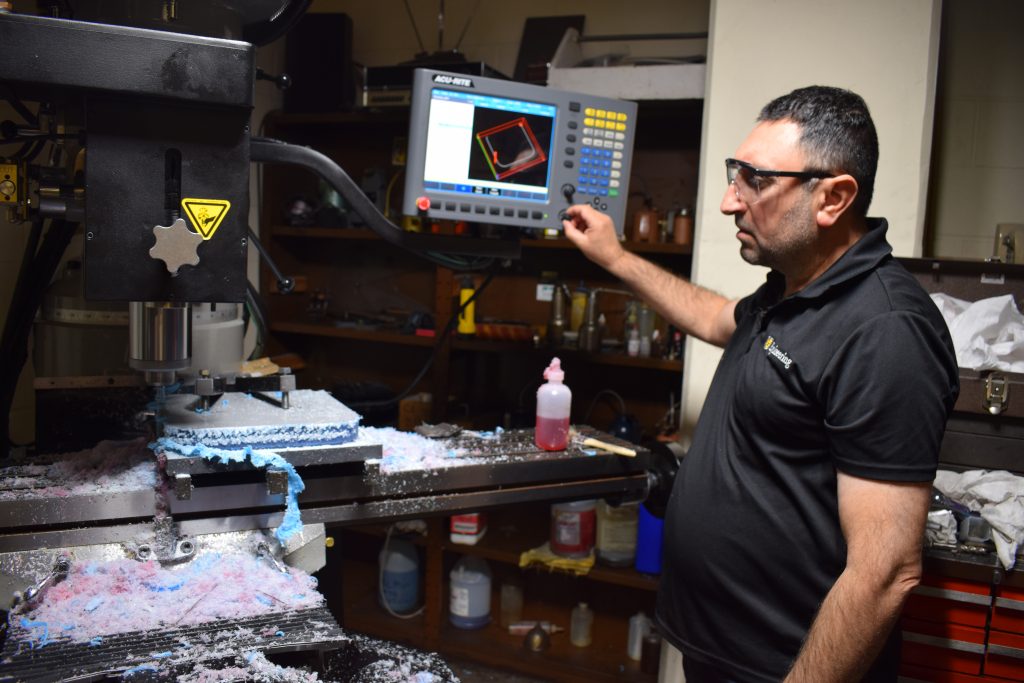
MU Partners with Community to Produce Face Shields
The MU College of Engineering is working with the Columbia STEM Alliance, Columbia Public Schools, the Columbia Police Department, Boone County and the MU-COVID-19 Task Force to manufacture face shields for first responders and health care workers at no cost.

MU’s Hacking COVID-19 Task Force Creates Equipment to Protect Health Care Workers
Kevin Gillis heard stories about hospitals that were overwhelmed by the COVID-19 outbreak and unable to get enough equipment to protect their front-line health care workers. He wanted to do something to prevent that from happening in mid-Missouri. And as the interim chair of the University of Missouri’s Department of Biomedical, Biological and Chemical Engineering, he had a deep bench of innovative problem-solvers ready to help. The only question was how.
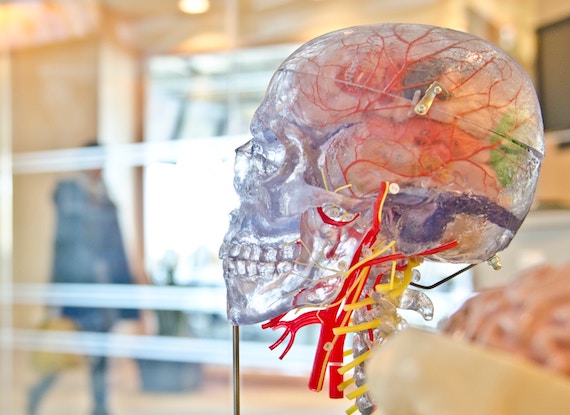
Feeling anxiety? Reverse-engineering the brain could help
The anxiety you may be feeling right now in the midst of the COVID-19 pandemic stems back to our prehistoric need to survive. Biologists have explored this principle for decades. Those breathing techniques that your mobile app, HR office or best friend might be recommending? They can help—psychology studies have proven this. But what’s happening inside your brain during those deep breaths? That’s a problem for engineering.

Task Force working to solve COVID-19 problems
For weeks, an interdisciplinary group of engineers, researchers, health care professionals and university leaders has been working behind the scenes to solve COVID-19-related problems.